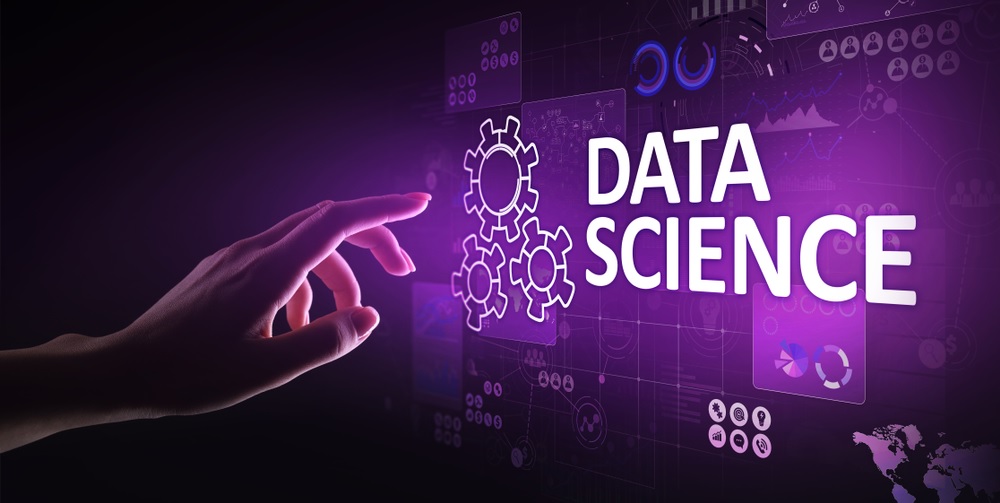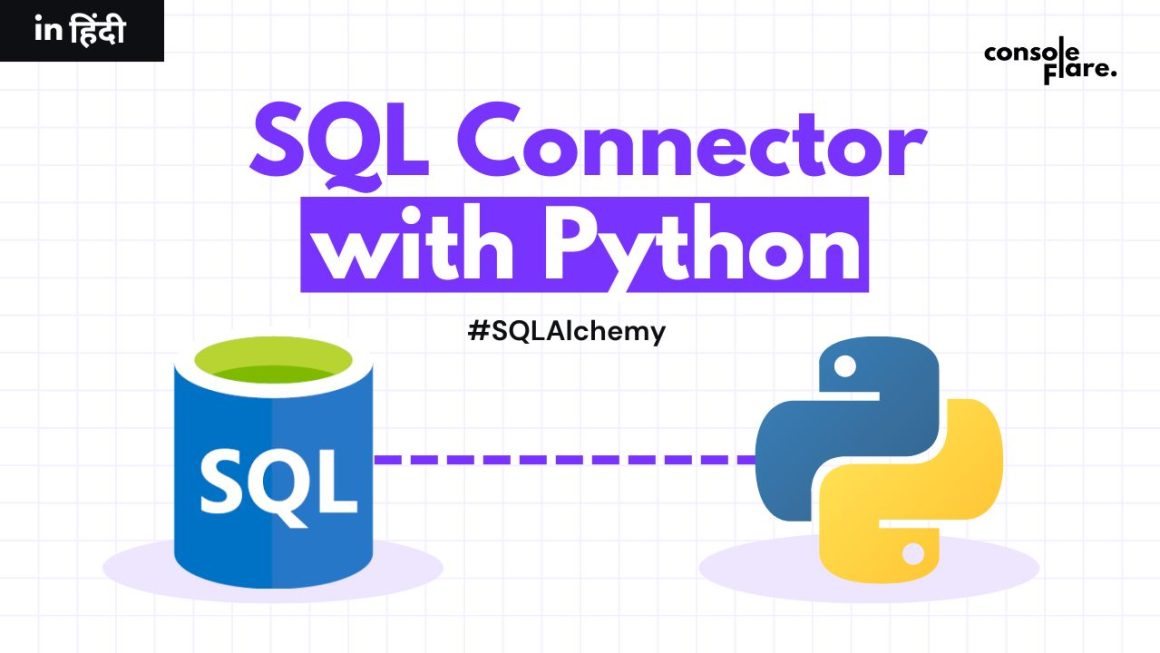Scala is a strong statically typed general-purpose programming language that supports both object-oriented programming and functional programming. Designed to be concise, many of Scala’s design decisions are aimed to address criticisms of Java.
Scala source code can be compiled to Java bytecode and run on a Java virtual machine (JVM). It provides language interoperability with Java so that libraries written in either language may be referenced directly in Scala or Java code. Like Java, it is object-oriented and uses a syntax termed curly-brace which is similar to the language C. Since Scala 3, there is also an option to use the off-side rule (indenting) to structure blocks, and its use is advised. Martin Odersky has said that this turned out to be the most productive change introduced in the new version.
Unlike Java, it has many features of functional programming languages like Scheme, Standard ML, and Haskell, including currying, immutability, lazy evaluation, and pattern matching. It also has an advanced type system supporting algebraic data types, covariance and contravariance, higher-order types (but not higher-rank types), and anonymous types. Other features that are not present in Java include operator overloading, optional parameters, named parameters, and raw strings. Conversely, a feature of Java not in Scala has checked exceptions, which has proved controversial.
Its name is a portmanteau of scalable and language, signifying that it is designed to grow with the demands of its users.
It combines object-oriented and functional programming in one concise, high-level language. The static types help avoid bugs in complex applications, and its JVM and JavaScript runtimes let you build high-performance systems with easy access to huge ecosystems of libraries.
History of Scala
The design started in 2001 at the École Polytechnique Fédérale de Lausanne (EPFL) (in Lausanne, Switzerland) by Martin Odersky. It followed on from work on Funnel, a programming language combining ideas from functional programming and Petri nets. Odersky formerly worked on Generic Java, and javac, Sun’s Java compiler.
After an internal release in late 2003, Scala was released publicly in early 2004 on the Java platform, A second version (v2.0) followed in March 2006.

On 17 January 2011, the team won a five-year research grant of over €2.3 million from the European Research Council. On 12 May 2011, Odersky and collaborators launched Typesafe Inc. (later renamed Lightbend Inc.), a company to provide commercial support, training, and services for Scala. Typesafe received a $3 million investment in 2011 from Greylock Partners.
Applications For Data Science
It is a very scalable language that is popular in data science. Apache Spark is built with Scala source code, and it has AI frameworks and tools for creating statistical computing, machine learning, and NLP (natural language processing) projects.
This programming language is built to implement scale-able solutions to crunch big data in order to produce actionable insights.
The key objective of it is to work with large data sets. To achieve that Scala has a very clean solution of processing in parallel with the minimal code change. If you are coming from Python, multiprocessing is hard to set up and often results in unintended results and failures. Scala has much better support for multiprocessing.
The demand for skilled developers is high, and these developers are among the highest-paid in the tech industry.
Salaries: It is a top-paying programming language. Jobs in data science, where Scala is often used, command an average annual salary of $113,309. According to the Stack Overflow 2020 Developer Survey, Scala is the top-paying programming language in the United States, with an average salary of $150k.
Job Openings: There are many jobs available for developers. As of this writing, there are over 7k jobs on Glassdoor, with roles such as Senior Data Engineer, Data Scientist, and Backend Engineer.
Industry Growth (according to the Bureau of Labor Statistics): The job outlook for software developers, a type of job where you would use this programming language, is projected to grow by 22% by 2029. As the demand for new software and software maintenance increases and the field of data science grows, developers, in particular, will continue to be in high demand.
Content Reference: Wikipedia, ScalaLang, Study Science, Towards Data Science
If you’re interested in reading more such articles, click here…






I have been exploring for a little bit for any high-quality articles
or blog posts on this kind of space . Exploring in Yahoo I at
last stumbled upon this site. Reading this information So i am happy to convey that I’ve an incredibly
good uncanny feeling I discovered exactly what I needed.
I so much for sure will make sure to don?t overlook this web site and give it a glance regularly.
Attractive section of content. I just stumbled upon your
website and in accession capital to assert that I
get in fact enjoyed account your blog posts. Any way I will be subscribing
to your feeds and even I achievement you access consistently
fast.
It’s not my first time to visit this website, i am browsing this web site dailly and get pleasant information from here every day.
I believe that is among the most significant information for me.
And i am happy reading your article. However wanna remark on some normal things, The site taste is wonderful,
the articles is truly excellent : D. Good task, cheers
We stumbled over here coming from a different web address and
thought I may as well check things out. I like
what I see so now i’m following you. Look forward to looking over your web page again.
Hey would you mind letting me know which hosting company you’re utilizing?
I’ve loaded your blog in 3 completely different web browsers and I must say this blog loads a lot faster then most.
Can you suggest a good internet hosting provider at a
honest price? Thanks, I appreciate it!